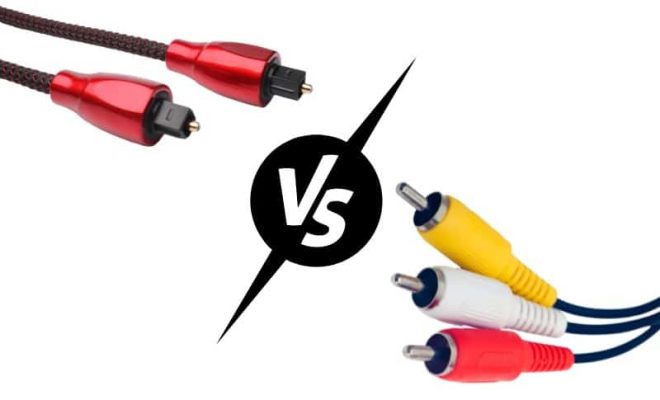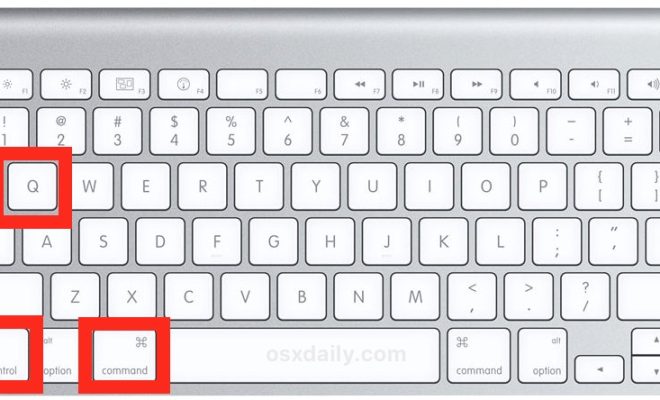How to Fix a 400 Bad Request Error

The 400 Bad Request error is one of the most common HTTP status codes encountered by web users. It indicates that the server could not understand the request due to invalid syntax or missing information. This error can be caused by various reasons such as incorrect input, incorrect URL, invalid cookies, outdated browser caches, and more.
If you are encountering this error, there are several steps you can follow to fix it:
1. Check the URL
One of the most common reasons for a 400 Bad Request error is an incorrect URL. Make sure that you have entered the correct URL and that it is properly formatted. Also, double-check to see if the URL contains any special characters or spaces that may be causing the error.
2. Clear your Browser cache
Sometimes an outdated browser cache can cause this error. Try clearing your browser cache and cookies, then try accessing the website again. If the error persists, go to the next step.
3. Disable Browser Extensions
Browser extensions can also cause the 400 Bad Request error. Try disabling all of your browser extensions, then reload the page. If the error is gone, you can gradually enable each extension until you find the culprit.
4. Check for Incorrect Input
If you are submitting a form, you may have entered incorrect information or left out required fields. Double-check your input and make sure that you have filled out all the necessary fields.
5. Check for Server Errors
The server may also be experiencing problems, which results in the 400 Bad Request error. In this case, you should contact the website administrator and report the issue.
In conclusion, the 400 Bad Request error can be caused by various factors, and fixing it can be a bit complex. However, by following the above steps, you can resolve the issue and regain access to the website.






